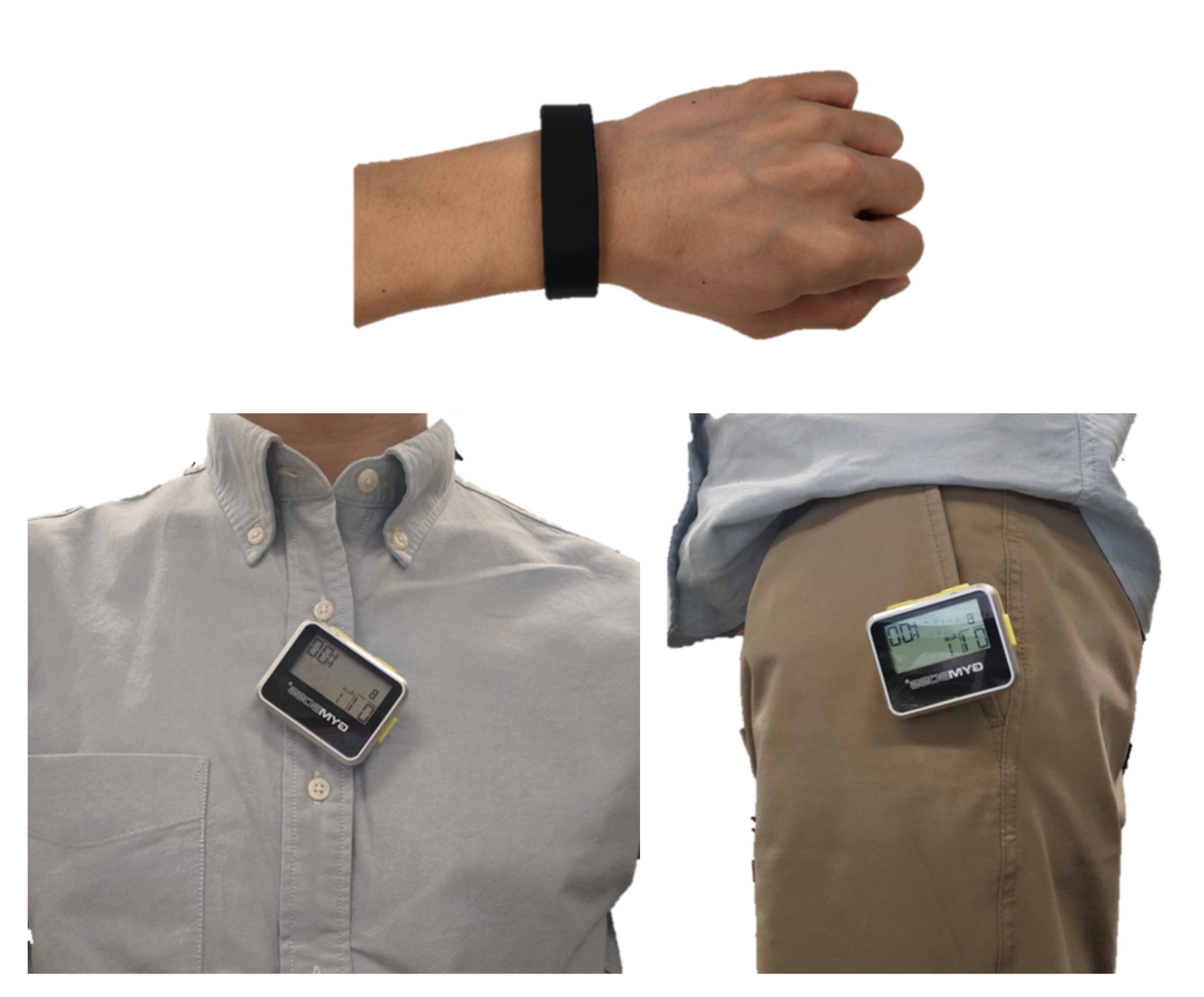Improvements to Access Arrangements in National Examinations: Implementation of Buzzer Devices
In recent years, educational institutions have begun exploring innovative approaches to help students with conditions such as attention deficit hyperactive disorder maintain focus and manage attention spans effectively. Among these innovations, buzzers – small devices that vibrate at different intervals - can help students struggling with attention and concentration. Research has shown that the use of such devices led to an increase in engagement and can help students develop self-monitoring strategies.
These discreet devices typically take the form of wristbands or small clips that can be attached to clothing. These buzzers operate by delivering periodic vibrations at set intervals, prompting students to check their attention and re-engage with their current tasks.
 The buzzer can be worn on the wrist or clipped on the shirt or pants.
The buzzer can be worn on the wrist or clipped on the shirt or pants.
In 2025, SEAB conducted a pilot study with students from primary to pre-university levels to determine if these buzzers could improve their focus in examination conditions. The results were promising – with 77% of students demonstrating improved focus and 71% expressing a preference for buzzer prompts over teacher prompts.
Besides proving effective in examination conditions, buzzers’ applications extend beyond testing environments. When used during daily teaching and learning, and individual work sessions, buzzers offer consistent support for sustained attention, and acclimatise students early prior to examinations, fully reaping the benefits of the buzzers.
For successful implementation, several key factors should be considered:
1. Student Buy-in: Schools must help students understand the purpose and benefits of using buzzers, along with teaching self-regulation routines that guide appropriate responses to prompts.
2. Personalisation: Recognising that each student has unique needs, schools should allow age-appropriate decision-making regarding when and where to use the buzzer, fostering ownership of their learning journey.
3. Supportive Environment: Creating a safe, encouraging atmosphere where students feel comfortable using these devices is essential, complemented by constructive feedback channels.
Given the success of the pilot study, SEAB has approved for the buzzer to be used as a standard tool for national examinations; there is no need for students to apply for Access Arrangement to use it during examinations. This simplifies implementation and eases the load on teachers who need to serve as prompters during examinations. Schools are encouraged to proliferate the effective use of buzzers among their students.
Find out more information about Access Arrangements.

